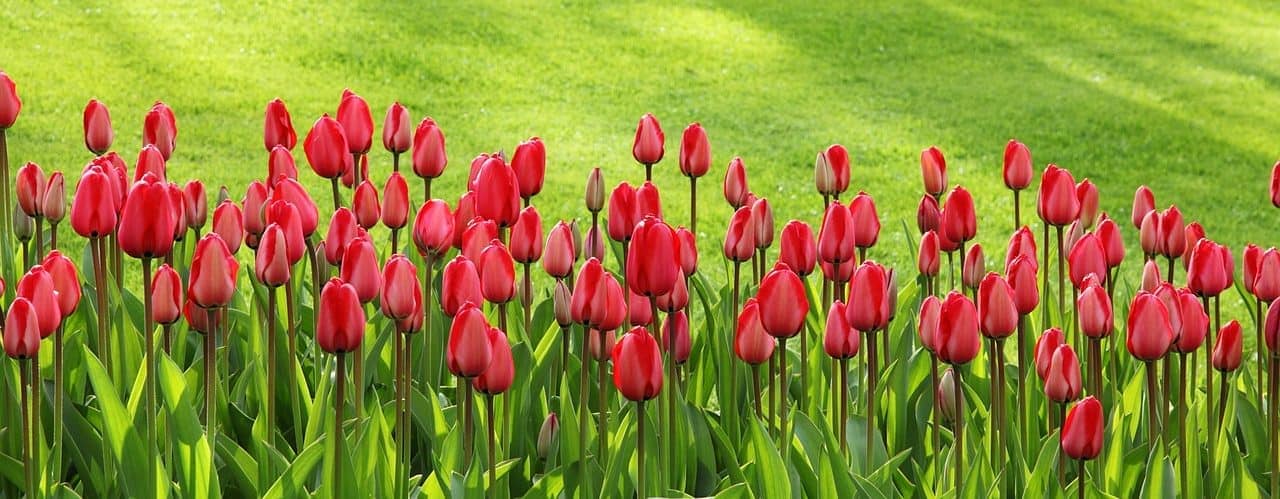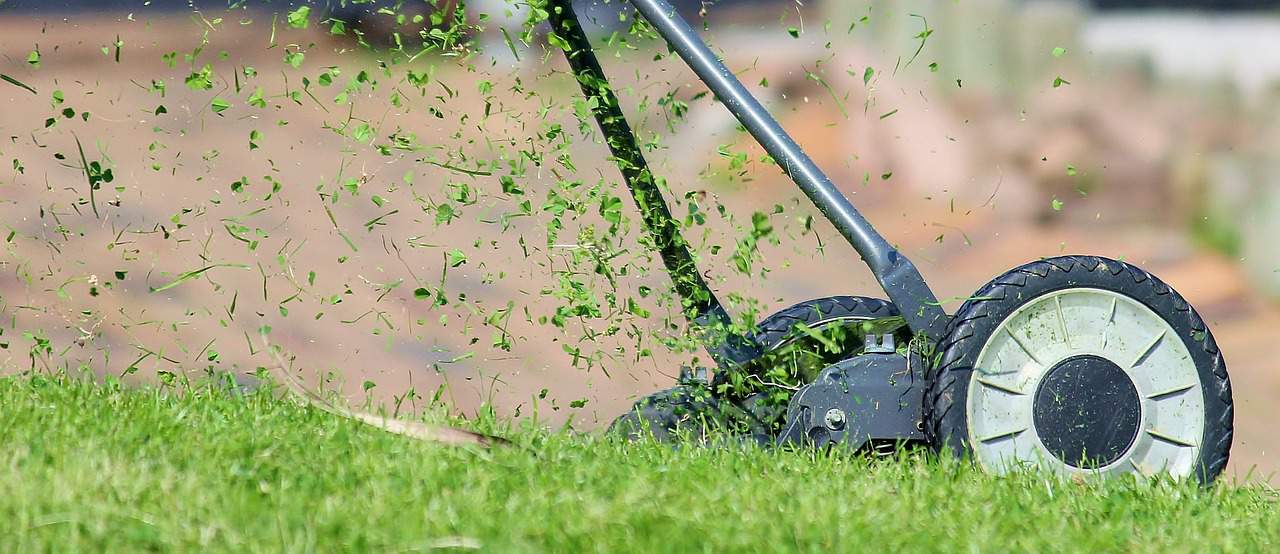Understand what goes on behind the scenes with these facts before you start watering your yard during those hot summer days.
- Of the 37 major aquifers around the world, 21 aquifers have entered into the “negative zone”, which means they are losing more water than they can replace.
- U.S. aquifer, Ogallala, makes possible about one-fifth of the country’s corn, wheat and cattle and is currently at risk as more and more wells are drying up.
- California went through more than 5 years of drought that was declared a state of emergency in 2014. Water use was severely cut back due to a series of executive orders in an effort to conserve.
- As of April 2017, 10.3 million people in California are still affected by the drought.
- In the world today, one billion people in under-developed countries have no access to clean, safe drinking water.
Take Matters Into Your Own Hands With Low Water Landscaping

So, why is this method of landscaping beneficial?
Low water landscaping can:
- Reduce outdoor water use
- Significantly reduce water bills
- Save tens of thousands of gallons of water per year
- Eliminate the use of fertilizers and other pollutants
- Reduce or eliminate the use of lawn mowers, which emit pollutants
- Increase property value
- Help homeowners conserve water in drought-prone areas where legislation limits water use
- Significantly reduce lawn care maintenance
Plant Ahead

Before beginning, plan out how you want to create the ideal low water landscaping system.
- Choose Native Plants: Plants that are adapted to the soil and climate conditions of your region require little water or more than normal rainfall. Also, they generally don’t require fertilizer. They are fit to fight against pests and disease than other species in that same region making them resilient and easy to care. To find out what are the native plants in your region, visit local nurseries or gardens to discover what is best suited for you and your home. Do online research and use online databases, such as this one, to thoroughly research plants before investing in them.
- Limit the size of your plants: It’s safe to say that the bigger something is, the more care it needs. Therefore, a bigger plant needs more water. Avoid planting shrubs that are prone to grow big and past your own limitations of care. Hit the books or search the web for information on how tall and wide mature shrubs will grow. Further, a crowd requires more care than a smaller group so avoid overcrowding plants. Follow the planting instructions and understand that plants and flowers that look sparse will eventually fill the area in time as they grow.
- Find out what is your soil composition: In one area, soil can drastically differ. Plants require different variations of soil. Understanding your plant, the type of soil it needs and the soil composition of your yard can dramatically influence how your landscape thrives.
- Group plants based on their needs: Hydrozoning is a technique where plants are grouped depending on the similarity of their watering needs. This protects the plants from under and over watering and reduces water use by ensuring you utilize the appropriate amount of water. No little, no less.
Richard Callahan a Truegrid installer and owner of El Paso Artificial Grass & Turf says, “Your goal is get your plants to the point where minimal watering is needed, however for newer plants they need more time and water in order for them to take root. Also, you have to consider other factors such as the weather conditions as they may slow down root development.”
Design with Efficiency

- Establish practical turf in strategic areas
- Turfgrass requires more water than most plants due to its variety. They generally receive the highest percentage of irrigation. Because of this, water usage is high. Aim to use native grass or at least low water-using turfgrass and strategically place it in practical areas, such as a play area.
- Mulch to reduce water loss
- Mulch is great for water conservation and is useful in cutting down on water-hogging weeds. Pine needles, bark chips and compost are found naturally in mulch. If you’re on a budget, keep your grass clippings and leaves from mowing or raking and spread it on your garden. When these materials break down they add nutrients into the soil enriching your plants.
- Minimize steep slopes
- When there are slopes present, there is potential for erosion and runoff to occur. If possible, try to level your ground before planting any shrubs or flowers. Water will more likely soak into the ground nourishing your vegetation rather than flowing into a nearby stormwater drain.
- Make paths and pavement pervious
- Pervious, or porous, gardens paths and driveways let rainwater drain into the ground, instead of flowing into the street, where it can nourish plant roots. Risk of erosion or spread of contaminants is also reduced when water is allowed to filter into the ground.
- There are various ways to make pervious paths. Design paths made with loose gravel, plastic grid permeable pavers with grass or gravel fill, or spaced bricks. To be one step ahead of pesky weeds, lay down geofabric before laying down any pavers to keep them at bay.
Forget the Lawn Altogether

If you absolutely must have some long blades of grass somewhere, choose drought-resistant varieties of grass that require less watering.
In times of weakness, always remember this
- The average American family uses more than 300 gallons of water per day with 70 percent of that being used outdoors.
- You can reduce amount of water used by about 50 percent by just creating a low water landscaping design.
- Lower water levels can contribute to higher concentrations of natural and human pollutants. Using water more efficiently helps maintain supplies at safe levels, protecting human health and the environment.
- Making small, everyday changes leads to significant, big change and impact across the community and world.




